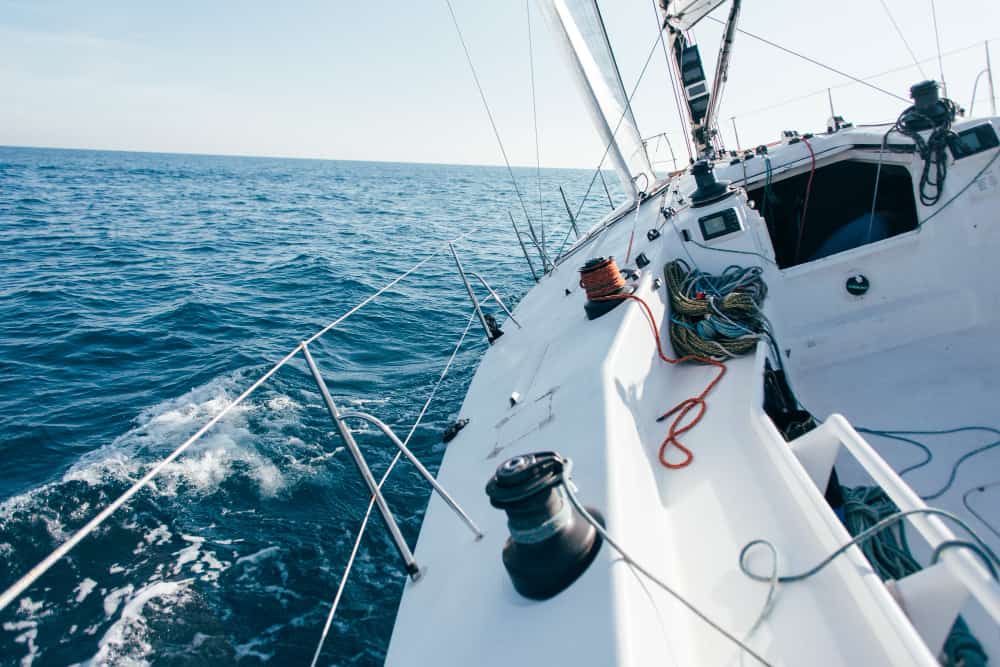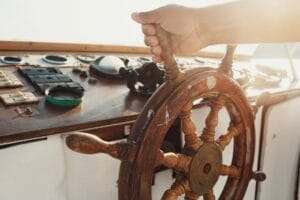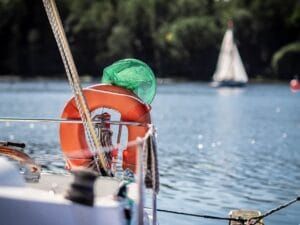The maritime navigation and the outdoor activities depend largely on the weather conditions, especially of the wind. For measure wind intensity, a is used classification system known as Beaufort scale. This system allows determine the strength of the wind based on its effects on the sea surface and on land, without the need for sophisticated measuring instruments. Learn more in our article on Anclademia.
Origin and development of the Beaufort scale
The scale was created at the beginning of the 19th century by the British admiral Francis Beaufort. His initial objective was standardize the way wind speed was described in naval weather reports. Before its implementation, the description of the wind was subjective and varied between different captains and sailors.
Originally, the Beaufort scale consisted of 13 levels, from 0 to 12, where the level 0 represented total calm and the 12 described a hurricane. Over time, The scale was extended to level 17 to describe extremely strong winds, although in most cases only the first 12 levels are used.

How to calculate scale
For determine at what level of the scale the wind is located, their appearance is observed effects on the environment. In land, factors such as the movement of the trees and the difficulty walking. In it sea, the appearance of the waves and the foam help estimate wind strength.
Each level of the Beaufort scale is associated with a specific wind speed range, measured in knots, kilometers per hour either meters per second. Below are some examples:
- Level 0 (Calm): There is no perceptible wind and the sea is completely calm.
- Level 3 (Light breeze): The wind moves the leaves and the flags begin to wave.
- Level 6 (Strong Wind): The tree branches move and it is difficult to use an umbrella.
- Level 9 (Strong Storm): The sea has large waves with foam and the wind makes walking difficult.
- Level 12 (Hurricane): Severe damage to structures occurs and the sea is completely rough.
Applications of the Beaufort scale
This classification system is widely used in various disciplines. In the navigation, helps sailors to assess sea conditions and make decisions about the safety of the voyage. It is also used by meteorologists for describe wind conditions in weather reports.
In outdoor activities such as hiking, the fishing or the surfing, know the intensity of the wind according to the Beaufort scale it allows plan better and avoid dangerous situations. It is also essential in the aviation, especially for takeoffs and landings.
The Beaufort scale is a simple but effective tool for measuring wind speed without the need for measuring instruments. Its application in navigation, meteorology, and other outdoor activities makes it a fundamental reference for evaluating atmospheric conditions. Learn how to calculate scale can improve safety and planning in any situation where wind plays an important role.





